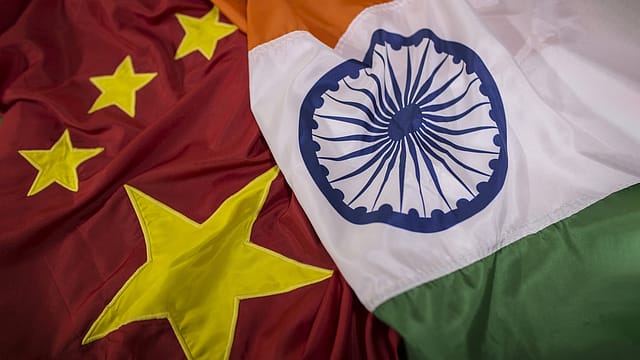5 years after pandemic tensions, Galwan clashes, India resumes tourist visas for Chinese citizens
ADVERTISEMENT

It has been five years since the world came to a complete standstill due to the pandemic. It has also been five years since India-China relations plunged into one of their most bitter phases — marked by the Galwan clash and frequent skirmishes along the Line of Actual Control. Today, however, a significant breakthrough appears to have been made, as the Indian Embassy in Beijing announced it will resume issuing tourist visas to Chinese nationals starting July 24.
This marks the first such move in five years and signals a further thaw in relations between Asia’s two largest economies, strained in recent years by the Covid-19 pandemic and border tensions.
Tourist visa services were suspended in 2020 amid the global outbreak of COVID-19. But the move also came against the backdrop of the Galwan Valley clashes in eastern Ladakh, which sent diplomatic ties to their lowest point since the 1962 war. While China gradually reopened visa services for Indian students and professionals, India had not reinstated general travel for Chinese citizens until now.
According to the embassy’s Wednesday statement, Chinese applicants must complete an online visa application, book an in-person appointment, and submit their documents at Indian Visa Application Centres in Beijing, Shanghai, or Guangzhou. Passport withdrawal requests must be accompanied by a formal letter.
According to the South China Morning Post, Beijing welcomed the development, with the Chinese foreign ministry calling it a “positive move” that serves the “common interest” of both sides. “China stands ready to maintain communication and coordination with India to keep facilitating people-to-people exchanges,” said foreign ministry spokesperson Guo Jiakun, according to SCMP.
December 2025
The annual Fortune 500 India list, the definitive compendium of corporate performance, is out. This year, the cumulative revenue of the Fortune 500 India companies has breached $2 trillion for the first time. Plus, find out which are the Best B-schools in India.
The easing of visa restrictions comes as both countries step up efforts to normalise bilateral ties. Last year, India and China finalised disengagement from key flashpoints along the Line of Actual Control in Ladakh, including Depsang and Demchok. Prime Minister Narendra Modi and President Xi Jinping met in Kazan shortly thereafter, committing to improve relations.
In April, External Affairs Minister S. Jaishankar said India and China were moving in a “positive direction,” though work remained to fully stabilise ties. Since then, both sides have pushed for greater people-to-people engagement, including plans to resume direct flights and the Kailash Mansarovar Yatra, which had been suspended since 2020.
The first group of Indian pilgrims returned to Tibet last month to visit the sacred Mount Kailash and Lake Mansarovar, further signalling a turn in bilateral warmth. While concerns over trade and security remain, the reopening of tourism marks a significant step in reviving normal exchanges between the two neighbours.
